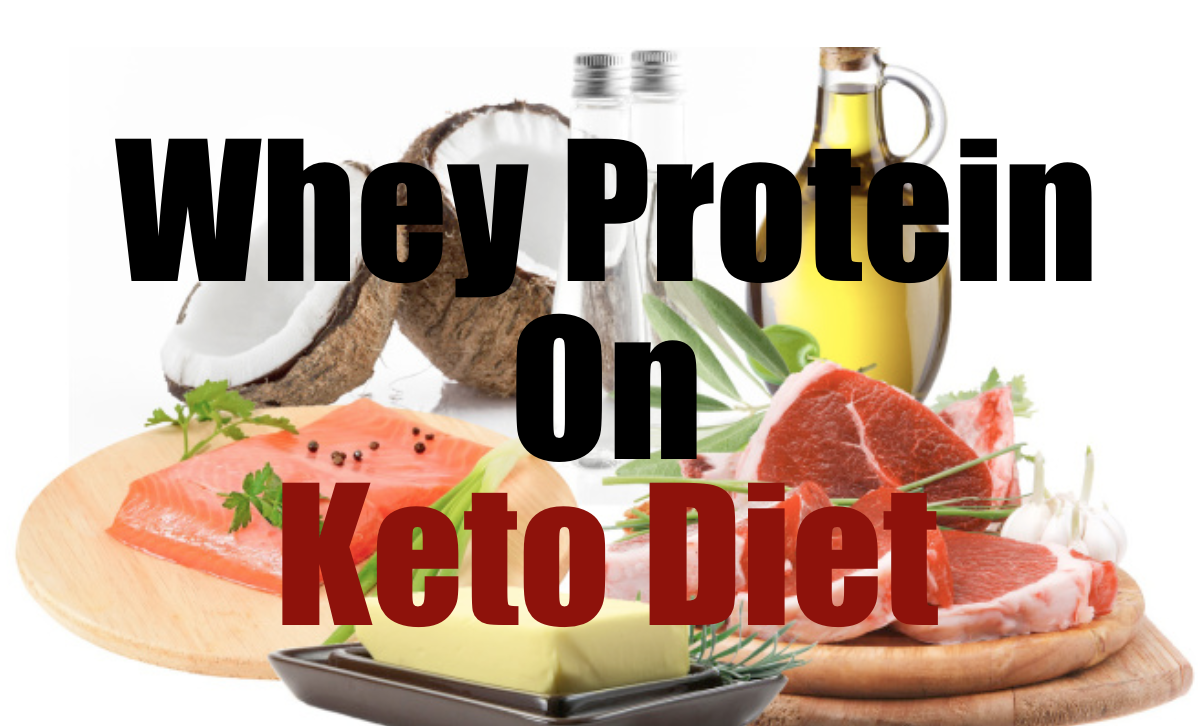can i use whey protein on keto diet Keto food list: what to eat and what to avoid
In the world of health and wellness, the ketogenic diet has gained popularity in recent years as a way to improve overall health, lose weight, and increase energy levels. When following a ketogenic diet, it is important to monitor the intake of carbohydrates as well as the sources of protein, such as whey protein. Many people wonder if they can incorporate whey protein into their ketogenic diet and if doing so will impact their ability to stay in ketosis. First, let’s dive into what the ketogenic diet entails. The basic principle of the ketogenic diet is to decrease carbohydrate intake and increase fat intake. This shifts the body into a state of ketosis, where it begins to burn fat for energy rather than carbohydrates. This can lead to weight loss, increased energy levels, and improved mental clarity. Now, onto whey protein. Whey protein is a popular supplement among those who engage in physical activity and are looking to build or maintain muscle mass. It is derived from milk and is a complete protein source, meaning it contains all of the essential amino acids that our bodies need. So, can you have whey protein on a ketogenic diet? The answer is yes, but it depends on the source and type of whey protein you are consuming. Many whey protein products on the market contain added sugars and carbohydrates, which can quickly throw off your daily macronutrient ratios on a ketogenic diet. Look for a high-quality, low-carbohydrate whey protein isolate instead. It is also important to consider the timing of when you consume whey protein. Consuming whey protein shortly before or after a workout can be beneficial for muscle repair and growth. However, consuming whey protein as a meal replacement or snack may not be the best option for those on a ketogenic diet as it may not contain enough fat to reach daily macro goals. If consuming whey protein on a ketogenic diet, it is important to also monitor your overall protein intake. Consuming too much protein can lead to gluconeogenesis, where the body converts protein into glucose and can kick you out of ketosis. Aim for a moderate amount of protein and incorporate healthy fats, such as avocado or coconut oil, into your diet to maintain ketosis. In conclusion, whey protein can be incorporated into a ketogenic diet as long as it is low in carbohydrates and consumed in moderation. Timing and overall protein intake should also be considered. As with any dietary change, it is important to consult with a healthcare professional before making any drastic changes to your diet.
If you are searching about Keto Food List: What to Eat and What to Avoid you’ve visit to the right page. We have 5 Pictures about Keto Food List: What to Eat and What to Avoid like Keto Food List: What to Eat and What to Avoid, Can You Have Whey Protein on a Keto Diet? | Whey Protein Reviews and also Can You Have Whey Protein on a Keto Diet? | Whey Protein Reviews. Here you go:
Keto Food List: What To Eat And What To Avoid
 www.trifectanutrition.comprotein proteins approved trifectanutrition
www.trifectanutrition.comprotein proteins approved trifectanutrition
Whey Protein On Keto: Will Whey Protein Kick You Out Of Ketosis?
 www.wheyflavor.comprotein keto whey kick ketosis diet does
www.wheyflavor.comprotein keto whey kick ketosis diet does
Can You Have Whey Protein On A Keto Diet? | Whey Protein Reviews
 wheyprotein.reviewsDoes Whey Protein Kick You Out Of Ketosis? – Keto And Kale
wheyprotein.reviewsDoes Whey Protein Kick You Out Of Ketosis? – Keto And Kale
 ketoandkale.comwhey ketosis protein
ketoandkale.comwhey ketosis protein
7 Best Keto Friendly Protein Powder Options | Keto Guidebook
 ketoguidebook.comcoffee instant powder lizards flour types protein source rid taste better make keto explained ways friendly lizard naturally ingredients these
ketoguidebook.comcoffee instant powder lizards flour types protein source rid taste better make keto explained ways friendly lizard naturally ingredients these
Can you have whey protein on a keto diet?. Does whey protein kick you out of ketosis? – keto and kale. Keto food list: what to eat and what to avoid